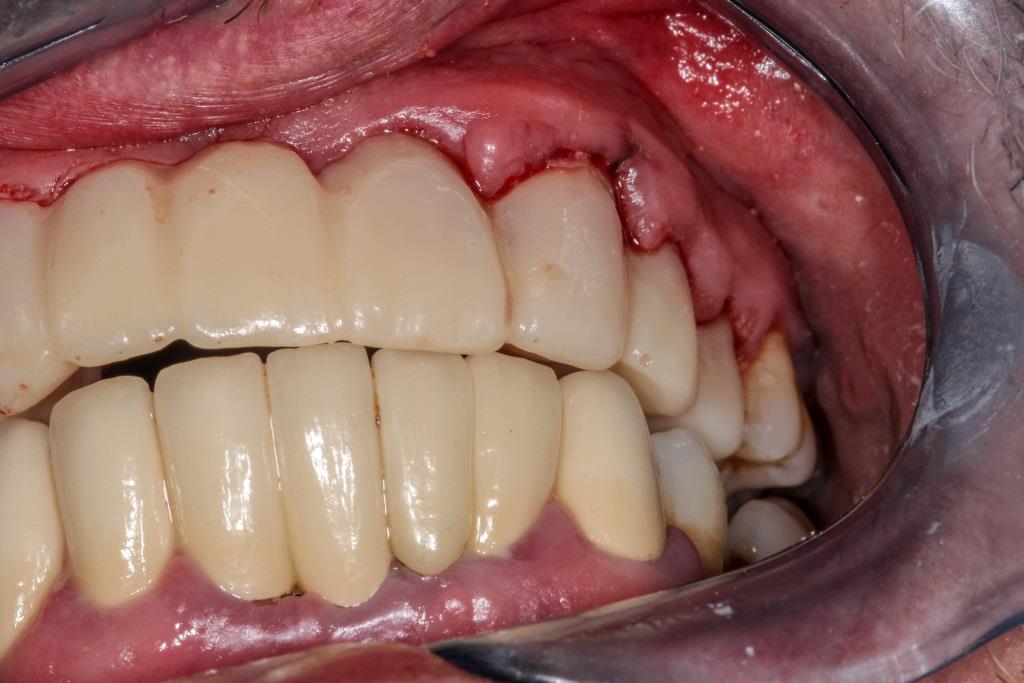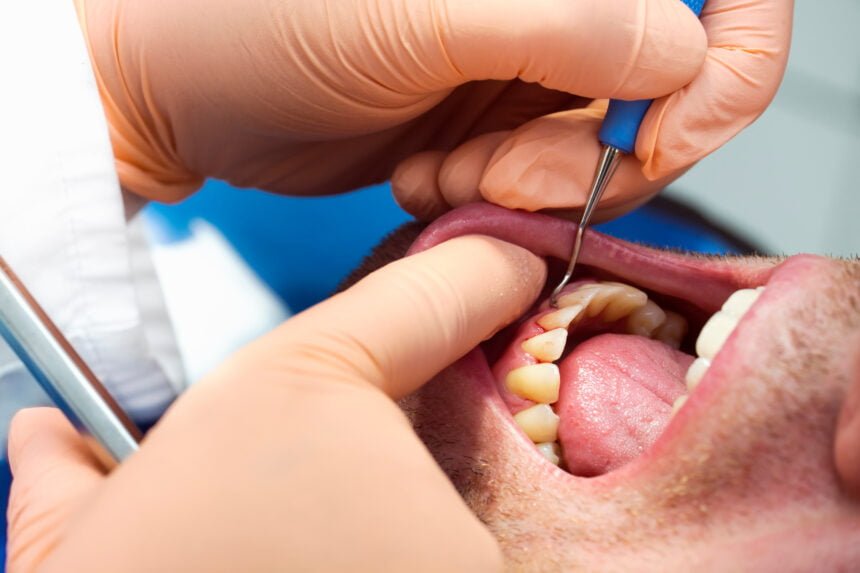Gum disease, a silent ailment lurking in the mouths of millions, often goes unnoticed until it reaches advanced stages. Understanding gum disease statistics recognizes the widespread impact of this condition on global health, discerning risk factors and highlighting the importance of early detection and prevention.
These statistics offer invaluable insights for healthcare professionals, policymakers, and the public to devise effective strategies against this pervasive health issue. Here’s a deep dive into the numbers that narrate the story of gum disease, from its prevalence to its profound implications on overall well-being.
Prevalence Of Gum Disease Globally
Gum disease, or periodontal disease, represents a widespread challenge to global health, with estimates suggesting that up to half of the adult population worldwide, approximately 3.9 billion people, might be affected.
I asked my general dentist about the prevalence of gum disease, and they confirmed that this condition spans a range of stages from mild gingivitis, marked by inflammation and bleeding of the gums, to severe periodontitis, which results in the breakdown of the teeth’s supporting structures and may culminate in the loss of teeth.
The variation in prevalence across different regions and populations points to a complex interplay of genetic, environmental, and socioeconomic factors.
The Impact Of Age
Gum disease is a significant concern for the aging population, which is a cumulative effect of exposure to risk factors over a lifetime, as well as the potential impact of age-related changes in oral health, such as reduced saliva flow and the long-term effects of chronic diseases.
Over 70% of adults aged 65 and older are affected by periodontitis. This demographic trend calls for age-specific oral healthcare strategies that address the unique needs of older adults, including regular dental screenings, targeted preventive measures, and the management of age-related risk factors to mitigate the impact of gum disease on overall health and quality of life.
Gender Differences

Research indicates a notable gender disparity in the prevalence of gum disease, with men being significantly more likely than women to develop this condition.
Several factors contribute to this difference, including lifestyle choices (such as higher rates of tobacco use among men), hormonal differences, and a lower likelihood of seeking preventive care and maintaining good oral hygiene.
These findings suggest the need for gender-specific health education and interventions aimed at reducing risk factors and encouraging regular dental check-ups, particularly among men, to address this disparity and promote oral health.
Socioeconomic Factors
The prevalence of gum disease is intricately linked to socioeconomic status, with those in lower income and educational brackets disproportionately affected.
Several key factors affect this disparity, including limited access to dental care services and lower levels of health literacy, which impact the ability to maintain optimal oral hygiene practices. Additionally, socioeconomic stressors can contribute to behaviours, such as tobacco use and poor dietary choices, that increase the risk of periodontal disease.
Addressing these socioeconomic disparities requires a multifaceted approach, including policy changes to improve access to affordable dental care, targeted educational programs to raise awareness about oral health, and the integration of oral health into broader public health initiatives aimed at reducing poverty and improving education.
Smoking And Gum Disease
Smoking is a major risk factor for gum disease, significantly increasing the likelihood of developing periodontal problems.
Smokers are up to six times more likely to suffer from periodontitis than non-smokers, a statistic that underscores the importance of integrating tobacco cessation programs with oral health initiatives.
The toxins in tobacco smoke can impair the function of gum tissue cells, reduce blood flow to the gums, and compromise the body’s ability to fight infection, leading to a heightened susceptibility to gum disease.
Diabetes And Gum Disease
The relationship between diabetes and gum disease exemplifies the complex interplay between systemic health and oral health.
Studies have shown that individuals with diabetes are up to three times more likely to develop gum disease due to factors such as reduced blood flow to the gums, increased susceptibility to infection, and the impact of high blood sugar levels on oral health.
Conversely, severe gum disease can exacerbate diabetes by affecting the body’s ability to regulate blood glucose levels.
The Consequences Of Untreated Gum Disease
The repercussions of leaving gum disease untreated extend far beyond the mouth, affecting overall health and well-being.
Advanced periodontitis, the most severe form of gum disease, has been linked to systemic health issues, including cardiovascular disease, stroke, and respiratory infections. These associations are thought to be due to the inflammatory response and the bacteria associated with gum disease entering the bloodstream and affecting other parts of the body.
Preventive care, early detection, and effective treatment of gum disease can play a crucial role in mitigating these potential systemic consequences.
Prevention And Treatment
When inquiring about the most effective strategy against gum disease, the consensus among dental professionals is clear: prevention and early intervention are paramount.
Maintaining regular dental check-ups facilitates the early detection of gum disease when it is most treatable. Adopting a rigorous oral hygiene regimen, including daily brushing and flossing, alongside lifestyle modifications such as quitting smoking and maintaining a healthy diet, can significantly reduce the risk of developing gum disease.
These preventive measures, combined with professional cleanings and treatments as needed, form the cornerstone of effective gum disease management, highlighting the crucial role of individual and professional care practices in preserving oral health.
The Future Of Gum Disease Management
The future of gum disease management looks promising, with ongoing advancements in dental technology and a deeper understanding of the oral microbiome opening new pathways for personalized care.
Innovations such as targeted antimicrobial therapies, precision diagnostics, and genetically tailored treatment plans hold the potential to revolutionize the prevention and treatment of periodontal disease.
These advancements, combined with a growing emphasis on preventive care and early intervention, pave the way for a future where gum disease can be effectively managed or even prevented.
Conclusion
The statistics on gum disease paint a compelling picture of a health issue that is both pervasive and preventable. Understanding these numbers is crucial for anyone concerned with oral health.
As the numbers reveal, the fight against gum disease is not just about maintaining a healthy smile; it’s about safeguarding overall health and well-being. Through increased awareness, preventive measures, and advancements in treatment, there is hope for turning the tide against this silent epidemic.






